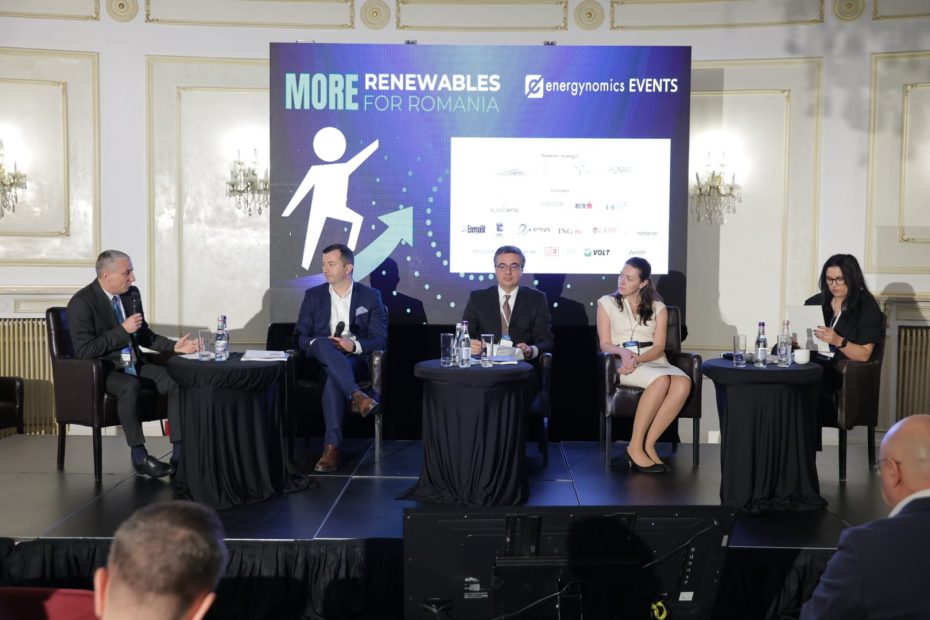Domestic and foreign investors in the field of renewables rather rely on their own resources, without waiting for any subsidy from the state or the European Union and hope that the market will become functional again by removing the mandatory MACEE energy purchase mechanism and by introducing a reference price given by the Contracts for Difference (CfD) mechanism, but also by bilateral contracts – here are some conclusions drawn during the “More renewables for Romania” conference, organized by Energynomics on Tuesday, October 3.
Thus, one of the characteristics of the market in the last period is the fact that “approximately 70-80% of small and medium investors are financed by own funds or bank loans,” says Dan Bold, BDM within REI Grup.
And after the previous experiences with the PNNR, a large part of the big investors also gave up applying for European funds, according to market players.
At the same time, “the market remains distorted, long-term contracts (PPA) are not concluded,” as the leader of HENRO, Silvia Vlăsceanu, says. In addition, although there are no longer any reasons for the existence of the capping and compensation system and the MACEE energy purchase mechanism, the latter has an April 2025 deadline and “it can be hardly removed”, according to the investors.
“The MACEE mechanism is hard to be removed because next year we have elections,” a specialist told us.
But, at the moment when 2,000 MW connected to the grid suddenly appear in the market, the lack of instruments like CfDs, which will give a long-term benchmark price, will hinder the development of the market, since the banks will not be able to finance “blindly” .
“There is no magic solution”, said Cristina Ghimbovschi, Head of Project Finance & Financial Analysis, BCR. The need for financing reaches billions of euro, and the market needs CfDs and corporate PPAs. In fact, a good part of the major M&A transactions (mergers and acquisitions) go to the area with secured PPAs.”
Another key word of the conference was the “hybridization” of projects, most investors now recognizing the need to ensure storage. The market is talking about lithium-ion and hydrogen, although both technologies are locally present only in the testing phase through sporadic pilot projects.

